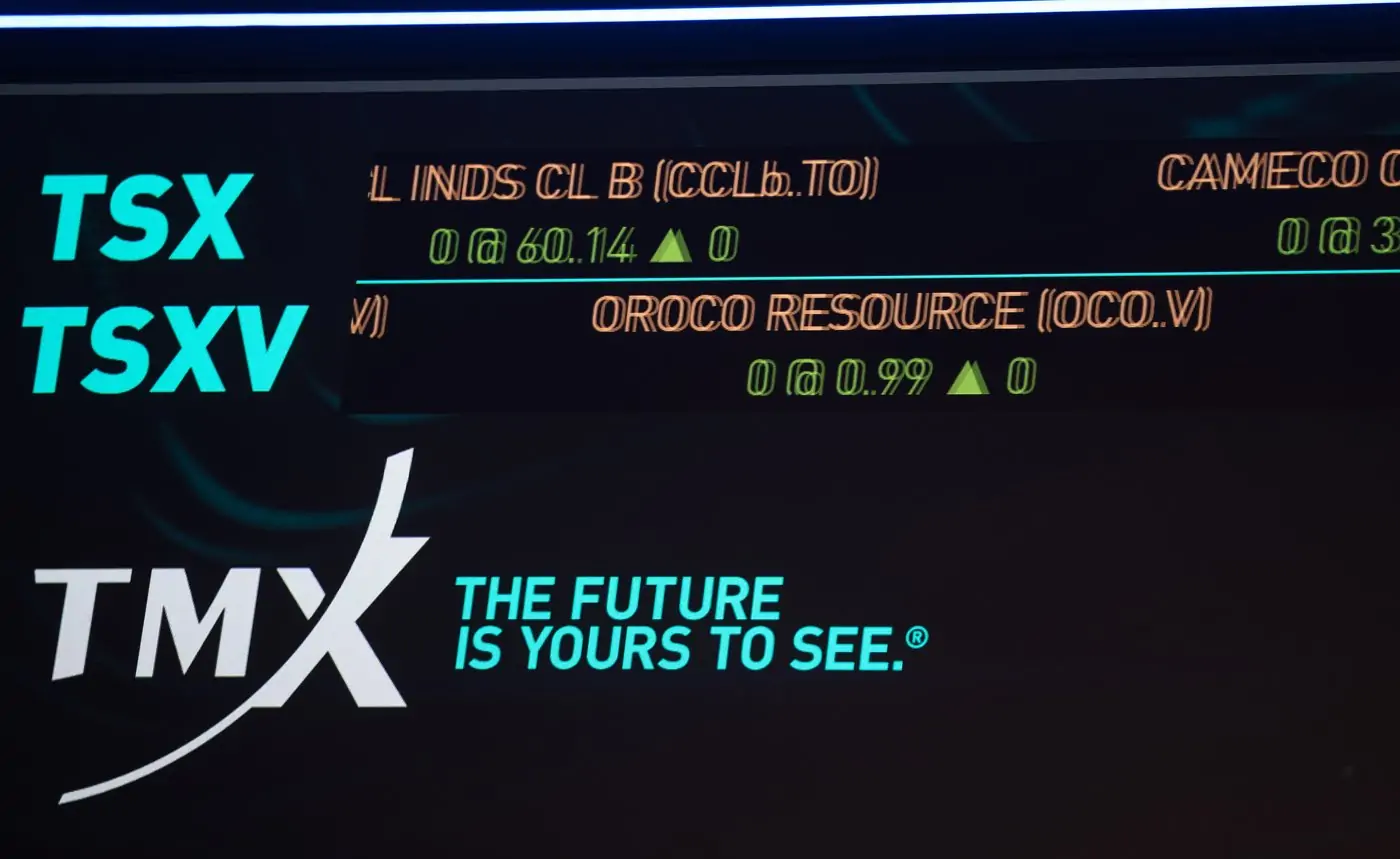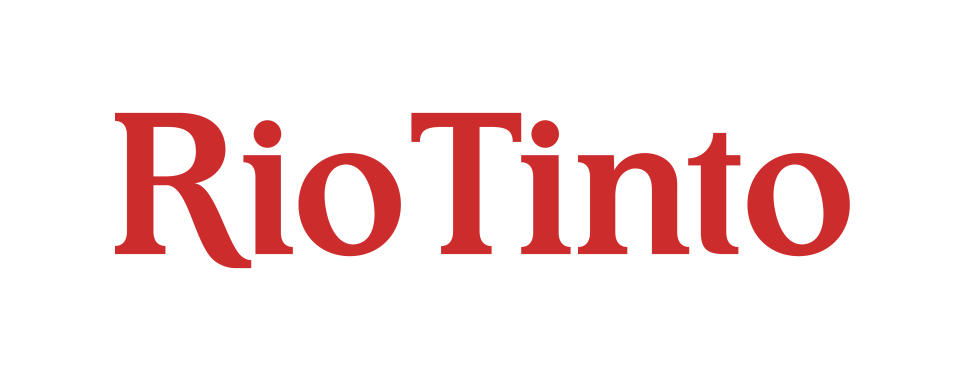Investment
How Does Investing In Killam Apartment Real Estate Investment Trust (TSE:KMP.UN) Impact The Volatility Of Your Portfolio? – Yahoo Finance

Some stocks mimic the volatility of the market quite closely, while others demonstrate muted, exagerrated or uncorrelated price movements. Beta can be a useful tool to understand how much a stock is influenced by market risk (volatility). However, Warren Buffett said ‘volatility is far from synonymous with risk’ in his 2014 letter to investors. So, while useful, beta is not the only metric to consider. To use beta as an investor, you must first understand that the overall market has a beta of one. A stock with a beta greater than one is more sensitive to broader market movements than a stock with a beta of less than one.
<p class="canvas-atom canvas-text Mb(1.0em) Mb(0)–sm Mt(0.8em)–sm" type="text" content=" View our latest analysis for Killam Apartment Real Estate Investment Trust ” data-reactid=”30″> View our latest analysis for Killam Apartment Real Estate Investment Trust
What we can learn from KMP.UN’s beta value
Given that it has a beta of 0.87, we can surmise that the Killam Apartment Real Estate Investment Trust share price has not been strongly impacted by broader market volatility (over the last 5 years). This means that — if history is a guide — buying the stock would reduce the impact of overall market volatility in many portfolios (depending on the beta of the portfolio, of course). Many would argue that beta is useful in position sizing, but fundamental metrics such as revenue and earnings are more important overall. You can see Killam Apartment Real Estate Investment Trust’s revenue and earnings in the image below.


How does KMP.UN’s size impact its beta?
Killam Apartment Real Estate Investment Trust is a small company, but not tiny and little known. It has a market capitalisation of CA$1.8b, which means it would be on the radar of intstitutional investors. Small companies often have a high beta value, but they can be heavily influenced by company-specific events. This might explain why this stock has a low beta.
What this means for you:
One potential advantage of owning low beta stocks like Killam Apartment Real Estate Investment Trust is that your overall portfolio won’t be too sensitive to overall market movements. However, this can be a blessing or a curse, depending on what’s happening in the broader market. In order to fully understand whether KMP.UN is a good investment for you, we also need to consider important company-specific fundamentals such as Killam Apartment Real Estate Investment Trust’s financial health and performance track record. I urge you to continue your research by taking a look at the following:
- Financial Health: Are KMP.UN’s operations financially sustainable? Balance sheets can be hard to analyze, which is why we’ve done it for you. Check out our financial health checks here.
- Past Track Record: Has KMP.UN been consistently performing well irrespective of the ups and downs in the market? Go into more detail in the past performance analysis and take a look at the free visual representations of KMP.UN’s historicals for more clarity.
- Other High-Performing Stocks: Are there other stocks that provide better prospects with proven track records? Explore our free list of these great stocks here.
<p class="canvas-atom canvas-text Mb(1.0em) Mb(0)–sm Mt(0.8em)–sm" type="text" content="If you spot an error that warrants correction, please contact the editor at editorial-team@simplywallst.com. This article by Simply Wall St is general in nature. It does not constitute a recommendation to buy or sell any stock, and does not take account of your objectives, or your financial situation. Simply Wall St has no position in the stocks mentioned.
We aim to bring you long-term focused research analysis driven by fundamental data. Note that our analysis may not factor in the latest price-sensitive company announcements or qualitative material. Thank you for reading.” data-reactid=”53″>If you spot an error that warrants correction, please contact the editor at editorial-team@simplywallst.com. This article by Simply Wall St is general in nature. It does not constitute a recommendation to buy or sell any stock, and does not take account of your objectives, or your financial situation. Simply Wall St has no position in the stocks mentioned.
We aim to bring you long-term focused research analysis driven by fundamental data. Note that our analysis may not factor in the latest price-sensitive company announcements or qualitative material. Thank you for reading.
Investment
Crypto Market Bloodbath Amid Broader Economic Concerns
Investment
Investment regulator imposed $14M in enforcement penalties in latest fiscal year

TORONTO — Canada’s investment product regulator says it imposed more than $14 million in fines and other financial enforcements in its last fiscal year.
The Canadian Investment Regulatory Organization (CIRO) says the total also includes imposed costs and the forced return of ill-gotten profits.
The regulator says it also ordered suspensions and permanent prohibitions in a significant proportion of proceedings against individuals.
Enforcement efforts included a $2 million fine against Fortrade Canada for recommending a high-risk product to unsophisticated retail clients, and a $1.7 million fine and permanent ban on securities-related business against Paul Walker for a range of misconduct including soliciting more than $1.5 million in investments for an outside business activity.
CIRO was created at the start of 2023 through a combination of the Investment Industry Regulatory Organization of Canada and the Mutual Fund Dealers Association of Canada.
The new self-regulatory organization says it is focused on harmonizing its regulatory approach to create more consistency and timeliness with enforcement action.
This report by The Canadian Press was first published July 16, 2024.
The Canadian Press

Investment
Conditions on Simandou investment now satisfied

LONDON, July 15, 2024–(BUSINESS WIRE)–All conditions have now been satisfied for Rio Tinto’s investment to develop the Simandou high-grade iron ore deposit in Guinea, including the completion of necessary Guinean and Chinese regulatory approvals. The transaction is expected to complete during the week of 15 July 2024.
Along with the recent approval by the Board of Simfer1, this allows Simfer to invest in and fund its share of co-developed rail and port infrastructure being progressed in partnership with Winning Consortium Simandou2 (WCS), Baowu and the Republic of Guinea.
More than 600 kilometres of new multi-use trans-Guinean railway together with port facilities will allow the export of up to 120 million tonnes per year of mined iron ore by Simfer and WCS from their respective Simandou mining concessions in the southeast of the country3. Together, this will be the largest greenfield integrated mine and infrastructure investment in Africa.
Rio Tinto Executive Committee lead for Guinea and Copper Chief Executive Bold Baatar said: “We thank the Government of Guinea, Chinalco, Baowu and WCS for their partnership in reaching this milestone towards developing the world class Simandou project.
“Simandou will deliver a significant new source of high-grade iron ore that will strengthen Rio Tinto’s portfolio for the decarbonisation of the steel industry, along with trans-Guinean rail and port infrastructure that can make a significant contribution to the country’s economic development.”
Under the terms of the transaction, Simfer will acquire a participation in the WCS project companies constructing rail and port infrastructure, commit to perform a portion of the construction works itself and commit to funding its share of the overall co-developed infrastructure cost, in an aggregate amount of approximately $6.5 billion (Rio Tinto share approximately $3.5 billion)4.
Chalco Iron Ore Holdings Ltd (CIOH) has now paid its share of capital expenditures incurred or required by Simfer to progress critical works up to completion. A first payment of approximately $410 million, for expenditures until the end of 2023, was made on 28 June 2024, and a second payment of approximately $575 million, for 2024 expenditures, was made on 11 July 2024. These amounts settle all expenditures incurred up to date.
The co-developed infrastructure capacity and associated cost will be shared equally between Simfer, which will develop, own and operate a 60 million tonne per year5 mine in blocks 3 and 4 of the Simandou Project, and WCS, which is developing blocks 1 and 2.
Under the co-development arrangement, Simfer and WCS will deliver separate infrastructure scopes to leverage expertise. Simfer will construct the approximately 70 kilometre Simfer spur rail line and a 60 million tonne per year transhipment vessel (TSV) port, while WCS will construct the dual track approximately 536 kilometre main rail line, the approximately 16 kilometre WCS spur rail line and a 60 million tonne per year barge port.
Once complete, all co-developed infrastructure and rolling stock will be transferred to and operated by the Compagnie du Transguinéen (CTG) joint venture, in which Simfer and WCS each hold a 42.5% equity stake and the Guinean State a 15% equity stake6.
First production from the Simfer mine is expected in 2025, ramping up over 30 months to an annualised capacity of 60 million tonnes per year5 (27 million tonnes Rio Tinto share). The mine will initially deliver a single fines product before transitioning to a dual fines product of blast furnace and direct reduction ready ore.
Simfer’s capital funding requirement for the Simandou project as a whole is estimated to be approximately $11.6 billion, of which Rio Tinto’s share is approximately $6.2 billion, broken down as follows.
| US dollars in billions (nominal terms) | Simfer
capex |
Rio Tinto share |
|
| Mine and TSVs, owned and operated by Simfer | |||
| Development of an initial 60Mt/a mine at Simandou South (blocks 3 & 4), to be constructed by Simfer | $5.1 | $2.7 | |
| Co-developed infrastructure, owned and operated by CTG once complete | |||
| Simfer scope (funded 100% by Simfer during construction)
Rail: a 70 km rail-spur from Simfer mine to the mainline, including rolling stock |
$3.5 | $1.9 | |
| WCS scope (funded 34% by Simfer during construction)
Port and rail infrastructure including an approximately 552 km trans-Guinean heavy haul rail system, comprised of a 536 km mainline and a 16 km WCS rail spur |
$3.0 | $1.6 | |
| Total capital expenditure (nominal terms) | $11.6 | $6.27 | |
Rio Tinto’s share of expected capital investment remaining to be spent from 1 January 2024 is to be $5.7 billion. Rio Tinto’s expected funding requirements for 2024 and 2025 are included in its share of capital investment guidance for this period, with project funding expected to extend beyond this timeframe.
Further details on the Simandou project can be found in the 2023 Investor Seminar presentation at https://www.riotinto.com/en/invest/investor-seminars.
As Chinalco, Baowu, China Rail Construction Corporation and China Harbour Engineering Company are Chinese state-owned entities, and given Chinalco indirectly holds 11.2% of shares in the Rio Tinto Group, they, and WCS, may be considered to be associates of a related party of Rio Tinto for the purpose of the UK Listing Rules. Rio Tinto’s funding commitment pursuant to the infrastructure co-development arrangement (Rio Tinto share $3.5bn) is a smaller related party transaction for the purposes of Listing Rule 11.1.10R and this announcement is, therefore, made in accordance with Listing Rule 11.1.10R(2)(c).
| ___________________________ |
| 1 Approval has been granted by the Board of Simfer Jersey Limited, a joint venture between the Rio Tinto Group (53%) and Chalco Iron Ore Holdings Ltd (CIOH) (47%), a Chinalco-led joint venture of leading Chinese SOEs (Chinalco (75%), Baowu (20%), China Rail Construction Corporation (2.5%) and China Harbour Engineering Company (2.5%)). Simfer Infraco Guinée S.A.U. will deliver Simfer Jersey’s scope of the co-developed rail and port infrastructure, and is, on the date of this notice, a wholly-owned indirect subsidiary of Simfer Jersey Limited, but will be co-owned by the Guinean State (15%) after closing of the co-development arrangements. Simfer S.A. is the holder of the mining concession covering Simandou Blocks 3 & 4, and is owned by the Guinean State (15%) and Simfer Jersey Limited (85%). |
| 2 WCS is the holder of Simandou North Blocks 1 & 2 (with the Government of Guinea holding a 15% interest in the mining vehicle and WCS holding 85%) and associated infrastructure. WCS was originally held by WCS Holdings, a consortium of Singaporean company, Winning International Group (50%) and Weiqiao Aluminium (part of the China Hongqiao Group) (50%). On 19 June 2024, Baowu Resources completed the acquisition of a 49% share of WCS mine and infrastructure projects with WCS Holdings holding the remaining 51%. In the case of the mine, Baowu also has an option to increase to 51% during operations. After Closing, Simfer will hold 34% of the shares in the WCS infrastructure entities during construction with WCS holding the remaining 66%. |
| 3 WCS holds the mining concession for Blocks 1 and 2, while Simfer S.A. holds the mining concession for blocks 3 and 4. Simfer and WCS will independently develop their mines. |
| 4 A true-up mechanism will apply between Simfer and WCS to equalise most of their costs of constructing the co-developed rail and port infrastructure. The figures shown here are pre-equalisation. |
| 5 The estimated annualised capacity of approximately 60 million dry tonnes per annum iron ore for the Simandou life of mine schedule was previously reported in a release to the Australian Securities Exchange dated 6 December 2023 titled “Simandou iron ore project update“. Rio Tinto confirms that all material assumptions underpinning that production target continue to apply and have not materially changed. |
| 6 Ownership of the rail and port infrastructure will transfer from CTG to the Guinean State after a 35 year Operations Period, with Simfer retaining access rights on a non-discriminatory basis and at least equivalent to all Third Party Users. |
| 7 By the end of 2023, Rio Tinto spent $0.5 billion (Rio Tinto share) to progress critical path works. Rio Tinto’s share of expected capital investment remaining to be spent from 1 January 2024 was $5.7 billion. |
This announcement is authorised for release to the market by Andy Hodges, Rio Tinto’s Group Company Secretary.
View source version on businesswire.com: https://www.businesswire.com/news/home/20240621382292/en/
Contacts
Please direct all enquiries to media.enquiries@riotinto.com
Media Relations,
United Kingdom
Matthew Klar
M +44 7796 630 637
David Outhwaite
M +44 7787 597 493
Media Relations,
Australia
Matt Chambers
M +61 433 525 739
Jesse Riseborough
M +61 436 653 412
Alyesha Anderson
M +61 434 868 118
Michelle Lee
M +61 458 609 322
Media Relations,
Americas
Simon Letendre
M +1 514 796 4973
Malika Cherry
M +1 418 592 7293
Vanessa Damha
M +1 514 715 2152
Investor Relations,
United Kingdom
David Ovington
M +44 7920 010 978
Laura Brooks
M +44 7826 942 797
Investor Relations,
Australia
Tom Gallop
M +61 439 353 948
Amar Jambaa
M +61 472 865 948
Rio Tinto plc
6 St James’s Square
London SW1Y 4AD
United Kingdom
T +44 20 7781 2000
Registered in England
No. 719885
Rio Tinto Limited
Level 43, 120 Collins Street
Melbourne 3000
Australia
T +61 3 9283 3333
Registered in Australia
ABN 96 004 458 404
Category: Simandou

-

 News21 hours ago
News21 hours agoRoyal Bank of Canada reports $4.49B Q3 profit, up from $3.86B a year ago
-

 News12 hours ago
News12 hours agoPrime Minister Justin Trudeau says arbitration call was needed in railway lockout
-

 Business9 hours ago
Business9 hours agoWorld’s Most Profitable Trading Indicators
-

 Health12 hours ago
Health12 hours agoThe Smoothie Diet™ 21 Day Weight Loss Program
-

 Health11 hours ago
Health11 hours agoQuietum Plus: Enjoy a quiet time using this potent plant & vitamin blend, backed by science
-
News9 hours ago
PLAY to offer flights to Faro, Portugal via Iceland from Hamilton airport
-

 News14 hours ago
News14 hours agoVancouver’s Leah John trusting the process in first professional season on Epson Tour
-

 News10 hours ago
News10 hours ago‘Evil monster’: Man sentenced to life for slayings of 4 Indigenous women in Winnipeg




















